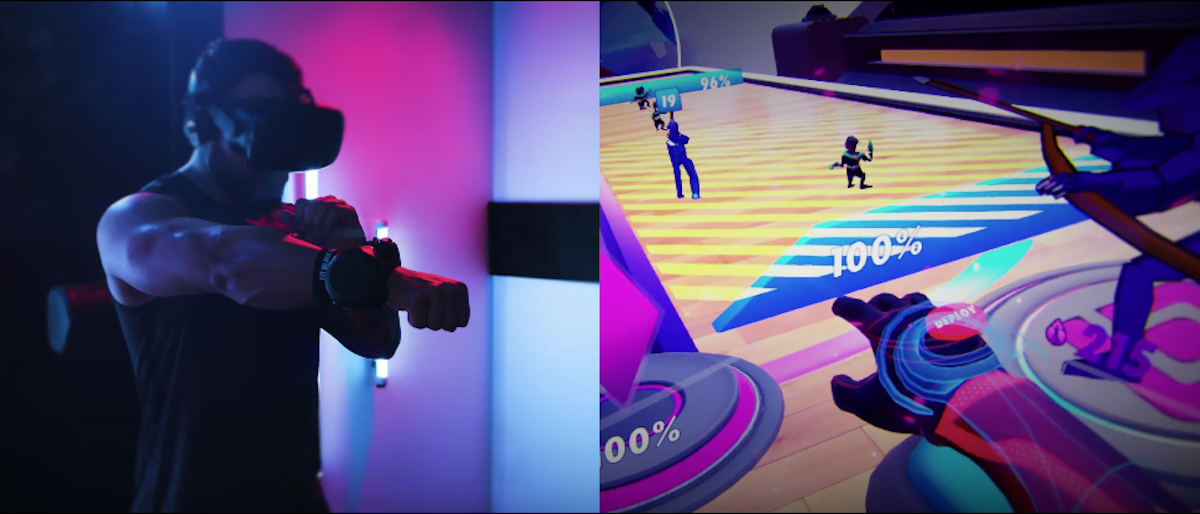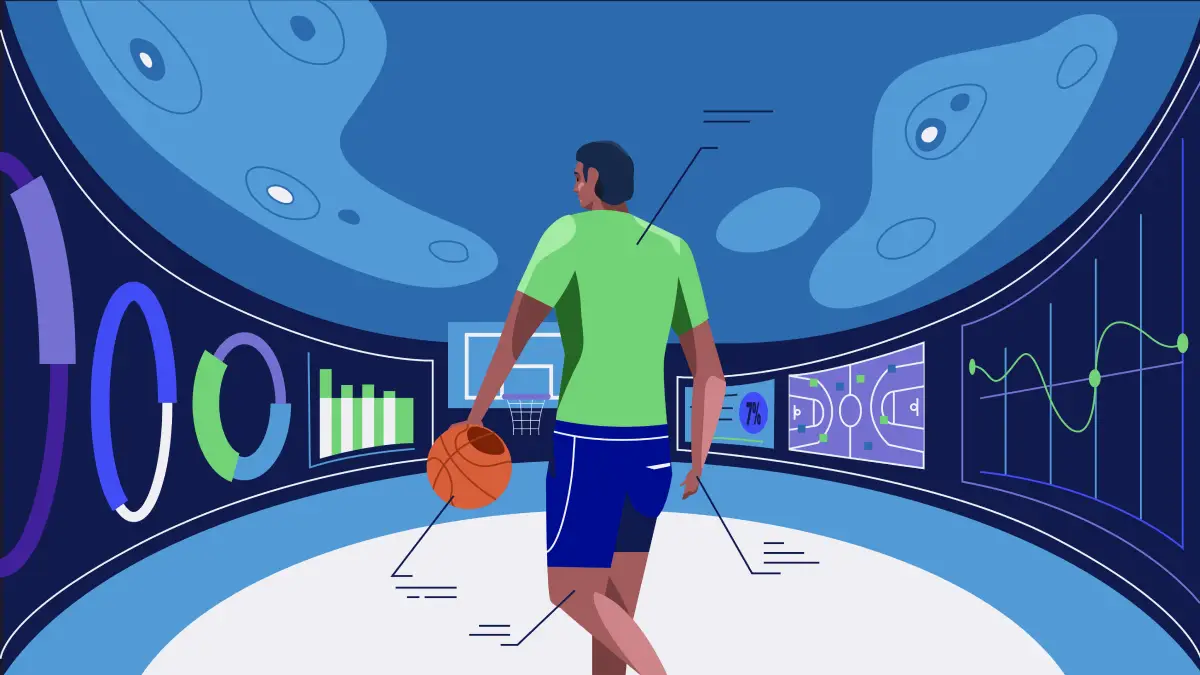
Organizing sporting events and coordinating schedules is a very tough job. It requires planning and is often stressful & time-consuming. But sometimes, after doing all this, you may find errors. So in order to avoid all these issues, many facility owners and coaches rely on sports scheduling software for the streamlining of managing & modifying schedules efficiently, quickly, and accurately.


